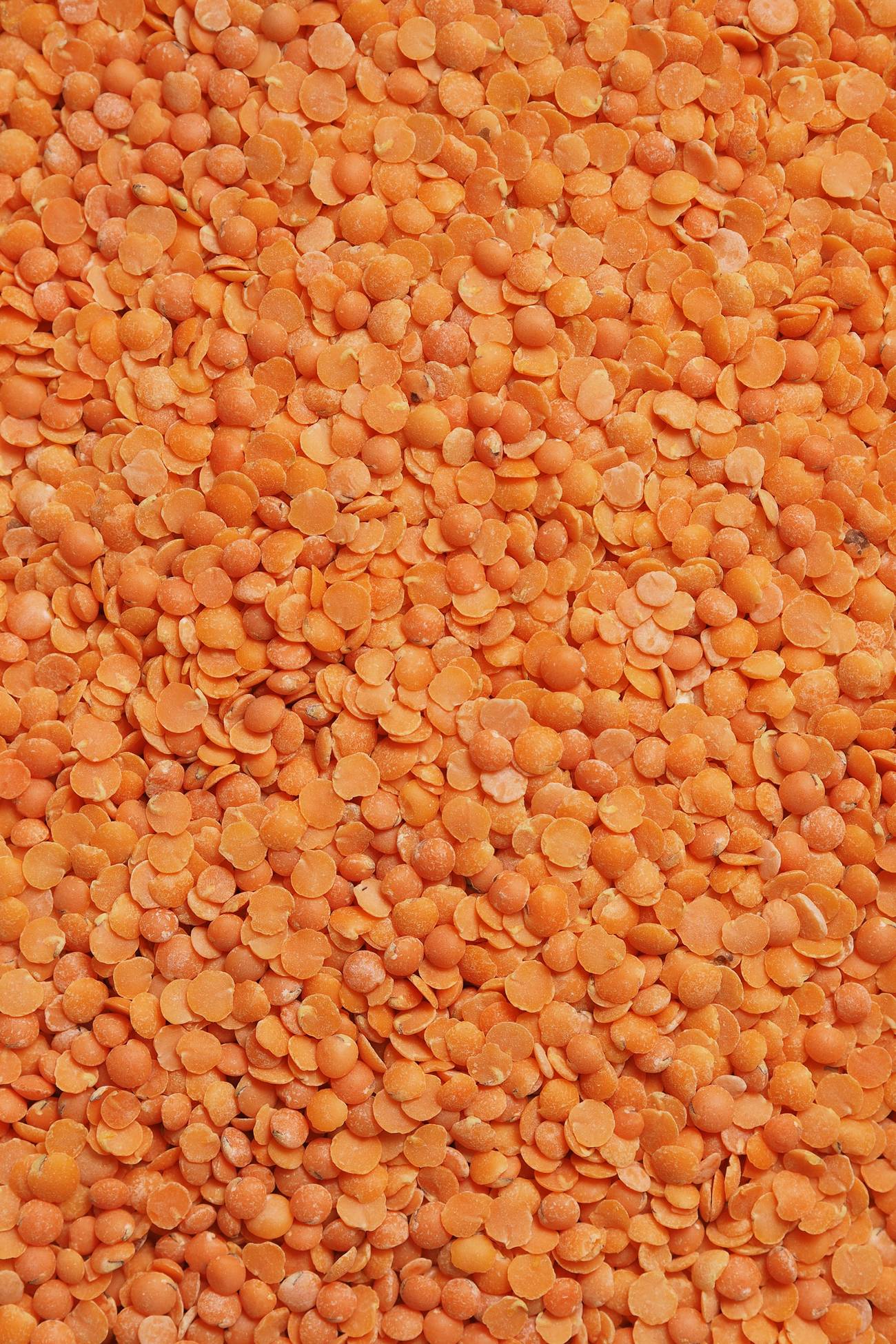The Lentil Connection
Jews’ history with the legume goes back to biblical times—but not everyone is a fan




Jews have a long history with lentils: Lentils are mentioned in the Hebrew Bible, when Jacob talked Esau into selling his birthright for a mess of pottage. And that history continues millennia later: A similar dish of cooked lentils and rice topped with caramelized onions called mujadara or mejedra is still prepared by Jews and Arabs today.
Lentils are one of the earliest foods to be cultivated by man. Evidence of domesticated lentils dating back to the Stone Age have been found on the banks of the Euphrates in what is present-day Syria. The ancient Egyptians also enjoyed lentils and were convinced that they enlightened children’s minds, opened their hearts, and made them more cheerful. The Greeks agreed, claiming lentils softened the temper and disposed the mind to study. The playwright and poet Aristophanes referred to lentils as “the sweetest of delicacies.” The Greeks also used lentils medicinally: Hippocrates prescribed lentils for liver ailments and for ulcers. The Romans, however, believed lentils made men reserved, indolent, and lazy, which is reflected in the Latin name for lentils: lens—meaning “slow.” Giacomo Castelvetro,the 17th-century gastronome, took a similar view. In his book The Fruit, Herbs and Vegetables of Italy, he wrote that lentils were one of the least healthy vegetables you could eat and were only fit for the “lowest of the low.” He did, however, recommend lentil broth as a cure for smallpox. For thousands of years, lentils have been a staple food in India, where they are eaten on a daily basis—so much so that there is a famous Hindu proverb: “Rice is good, but lentils are my life.”
Lentils have played a prominent role in Jewish cooking dating back to biblical times, when lentils were used to prepare ashishim—deep-fried pancakes made with red lentils, eggs, flour, and sesame seeds and drizzled with honey, which are mentioned in various Jewish texts like the Mishna, the Torah, and the Song of Songs. Traditionally, lentils were thought of as a symbol of the circle of life. Legend has it that lentils were a mourner’s food, because they are round with no opening—like mourners, who are supposed to be silent. As a result, lentils and hard-boiled eggs were often served for the consolation meal after a burial or before a fast.
Ashkenazi Jews, however, viewed lentils with some disdain, dismissing them as a “food of the poor,” only to be eaten in times of famine. This may have been the underlying cause of the Ashkenazi prohibition of eating kitniyot (legumes) during Passover. Sephardic and Mizrahi Jews, on the other hand, enjoyed lentils and ate them on a regular basis, for breakfast, lunch, and supper—often combined with rice, bulgur, or noodles. Lentils were stewed with onions and tomatoes a la djiudia (in the Jewish style) to break the fast of Tisha B’Av, while Moroccan Jews often served lentil soup during Passover.
Lentils may be whole or split, shelled or unshelled. Their seed coats can vary in color from deep purple to light green, tan, gray, black, or mottled. Once shelled they can be orange, yellow, green, or brown. Brown lentils hold their shape during cooking, which makes them ideal for salads. Green lentils have a stronger, more earthy flavor than brown lentils; they take longer to cook and are usually more expensive. The finest green lentils are probably the small, grayish-green variety from Le Puy in central France, which are prized for their unique peppery flavor and ability to retain their shape after cooking. They are a favorite food of French gourmands and have often been dubbed “the caviar of the poor.” Black lentils, called urud dahl in India, are said to be one of the most nutritious pulses in the world. Despite the name, split black lentils are creamy white when cooked, with an unusual, slightly mucilaginous texture. Red lentils, or Egyptian lentils, called masoor dal in India—which are, in fact, orange in color—break down easily during cooking, so are commonly used for dal or to make purees. They usually take about 20 minutes to cook, whereas brown lentils take 25 to 30 minutes. Green lentils, which have a harder outer coating, can take up to 45 minutes to cook, depending on the variety.
Lentils are an excellent source of protein, especially when combined with whole grains. They are also a good source of dietary fiber, which make them good for your digestion and may even help with weight loss, as they make you feel sated. Lentils also help to lower cholesterol and may help to protect you against diabetes and colon cancer. They are also rich in B vitamins and minerals, especially iron, that is needed for the formation of red blood cells, as well as phosphorus and manganese, which are good for the health of your bones, skin, and hair. Lentils are also rich in magnesium, which is said to lower the risk of hypertension, heart attacks, and stroke. They also contain high amounts of folate, which is thought to reduce the risk of many cancers. Folate is also important for pregnant women, as it is needed for the baby’s development. In fact, lentils are an excellent substitute for red or processed meat and may even lengthen your life.
Paola Gavin is a food writer and author of four vegetarian cookbooks including Hazana: Jewish Vegetarian Cooking. Follow her on Instagram @paolagavin and on Twitter @paolagavinfood.